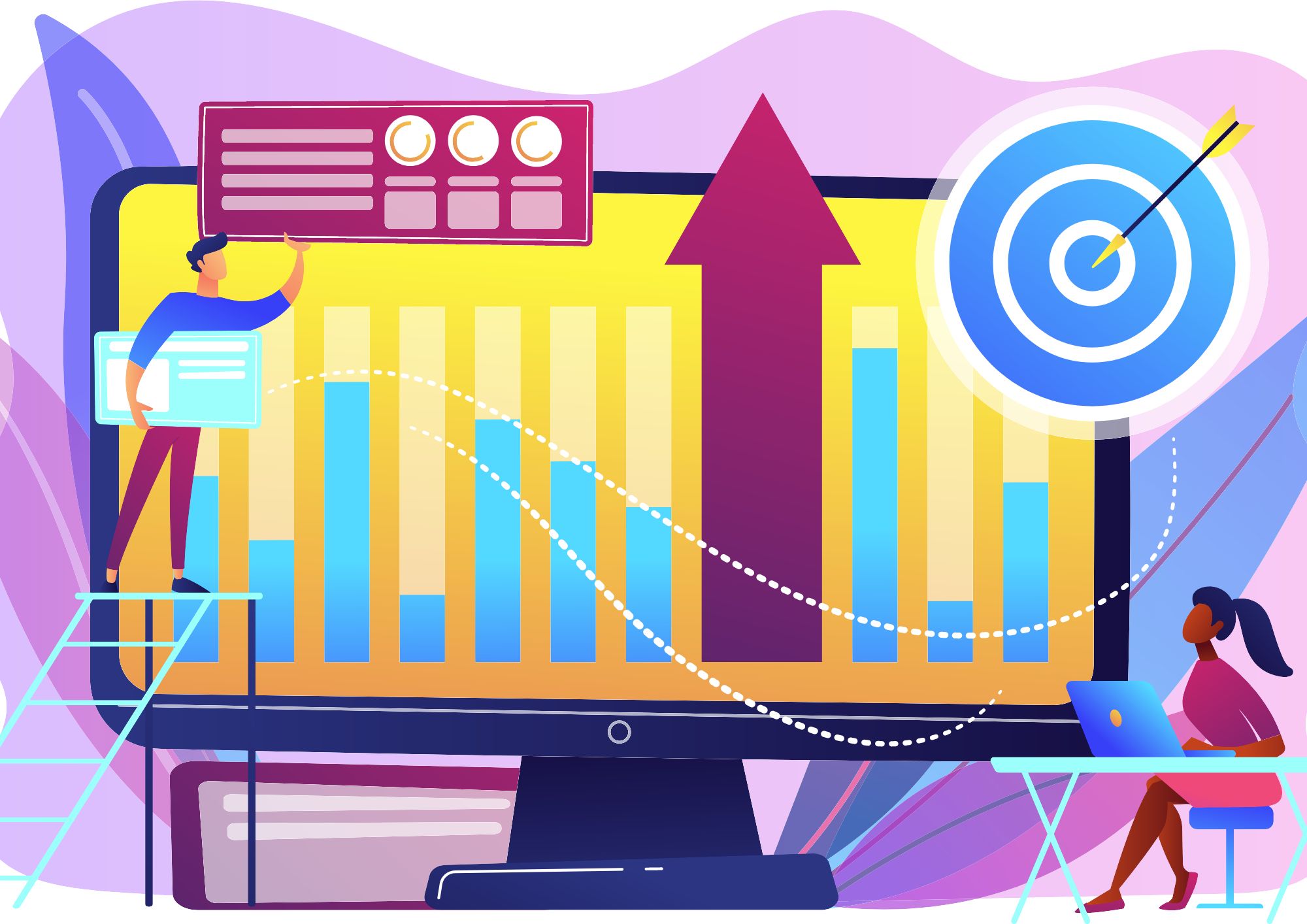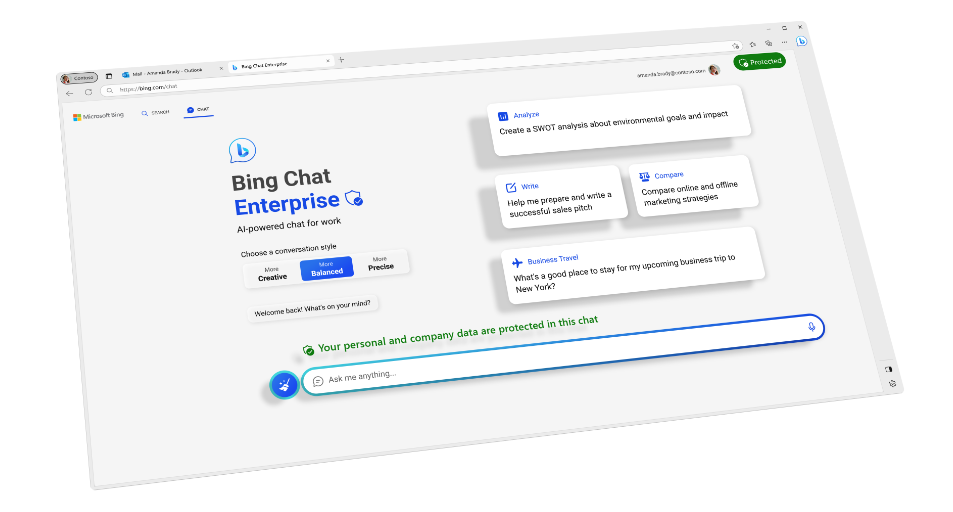AIOps (Artificial Intelligence for IT Operations) is a revolutionary approach that combines AI, machine learning, and data analytics to streamline IT operations and enhance efficiency.
With the rapid pace of digital transformation, AIOps tools have become indispensable for IT teams. But, with so many options out there, how do you know which tools to choose? 😅
Worry not!
We’ve got your back. In this article, we’ll present the top 5 AIOps tools every IT team needs to boost efficiency, even if you’re not an expert in the field.
Moogsoft AIOps:
Moogsoft AIOps is a leading platform that helps IT teams reduce noise and prioritize incidents.
By analyzing large volumes of event data, Moogsoft identifies patterns and correlations to pinpoint the root cause of issues. 😉
- Fact: Moogsoft reduces mean-time-to-resolution (MTTR) by up to 90%!
- Example: A global telecom company used Moogsoft to reduce their event noise by 99%, enabling faster incident response.
- Insight: Moogsoft’s algorithmic clustering helps you manage and prioritize incidents more effectively.
- Interesting Scenario: Imagine dealing with 10,000 alerts daily. With Moogsoft, you can focus on the 10 most critical ones, saving valuable time and resources.
BigPanda
BigPanda’s AIOps platform uses machine learning to correlate events, alerts, and incidents in real-time. It helps IT teams automate incident management, improving collaboration and speeding up resolution. 🐼
- Fact: BigPanda reduces operational costs by up to 35%.
- Example: A leading eCommerce company used BigPanda to reduce their incident resolution time by 50%.
- Insight: BigPanda’s Open Box machine learning ensures transparency, making it easier for IT teams to trust the platform’s decisions.
- Interesting Scenario: With BigPanda, you can avoid waking up the entire team at 3 AM for a false alarm. Sleep well, IT heroes!
Datadog AIOps
Datadog AIOps is a powerful monitoring and analytics platform that provides full-stack observability for IT teams. With its machine learning-based algorithms, it identifies anomalies and auto-triages incidents. 🐶
- Fact: Datadog processes over 1 trillion data points per day.
- Example: A major cloud provider used Datadog to reduce alert fatigue by 90%.
- Insight: Datadog’s platform is designed for modern, cloud-native environments.
- Interesting Scenario: Datadog AIOps helps you keep an eye on your entire infrastructure, like a well-trained watchdog, ensuring no issue goes unnoticed.
Splunk ITSI
Splunk IT Service Intelligence (ITSI) leverages AI and machine learning to predict and prevent IT incidents. It offers service monitoring, event analytics, and incident management in one intuitive interface. 💡
- Fact: Splunk ITSI can reduce MTTR by up to 70%.
- Example: A major bank used Splunk ITSI to reduce critical incident response time by 60%.
- Insight: Splunk ITSI integrates with a wide range of data sources, making it highly adaptable to your existing infrastructure.
- Interesting Scenario: With Splunk ITSI, you can be the IT Sherlock Holmes, quickly solving incident mysteries before they impact your business.
BMC Helix
BMC Helix is a comprehensive AIOps platform that combines service management, operations management, and AI-driven automation.
It provides end-to-end visibility into your IT ecosystem, helping you deliver exceptional service experiences. 🚀
- Fact: BMC Helix users report a 75% reduction in service outages.
- Example: A global insurance company used BMC Helix to reduce incident volume by 33% and increase first-call resolution by 50%.
- Insight: BMC Helix offers a proactive approach to IT service management, allowing teams to address potential issues before they escalate.
- Interesting Scenario: BMC Helix is like a well-oiled machine that keeps your IT operations running smoothly, even during peak times or unexpected surges in demand.
Conclusion
The rapid evolution of technology has made AIOps tools essential for IT teams to manage complex infrastructures and deliver seamless services.
By leveraging AI and machine learning, these tools enable IT teams to prioritize incidents, reduce response times, and enhance overall efficiency.
So, give one of these top 5 AIOps tools a try and watch your IT team’s efficiency soar to new heights! 🚀
And remember, you don’t have to be an expert to start taking advantage of these cutting-edge tools – they’re designed to be user-friendly and easily understandable, even for those with limited knowledge of the subject.
Thank you for reading our blog, we hope you found the information provided helpful and informative. We invite you to follow and share this blog with your colleagues and friends if you found it useful.
Share your thoughts and ideas in the comments below. To get in touch with us, please send an email to contactus@bindspacetech.com.
You can also visit our website – Bindspace Technologies
FAQs
AIOps stands for Artificial Intelligence for IT Operations. It combines AI, machine learning, and data analytics to automate and improve IT operations, such as monitoring, incident management, and troubleshooting. With the increasing complexity of IT infrastructures, AIOps helps teams manage large volumes of data, reduce alert noise, and resolve issues more efficiently.
AIOps tools enhance efficiency by automating repetitive tasks, reducing alert noise, identifying and prioritizing critical incidents, and providing actionable insights. These capabilities help IT teams focus on high-priority issues, minimize downtime, and ultimately save time and resources.
AIOps tools can benefit organizations of all sizes. Small businesses can use AIOps to streamline their IT operations and minimize downtime, while large enterprises can leverage the technology to manage vast, complex infrastructures. The key is to choose a tool that best fits the organization’s needs and resources.
No, AIOps tools are designed to be user-friendly and easily understandable, even for those without a background in AI or machine learning. These tools often feature intuitive dashboards, visualizations, and guided workflows to help users get started and make the most of their capabilities.
AIOps tools typically offer integration options for a wide range of IT systems, such as monitoring tools, incident management platforms, and cloud services. They can collect and analyze data from multiple sources, helping teams gain a holistic view of their IT environment and make better-informed decisions.
AIOps tools can both prevent and react to IT incidents. By analyzing historical data and identifying patterns, these tools can predict potential issues before they occur, allowing IT teams to take proactive measures. Additionally, they can detect and prioritize incidents in real-time, enabling faster response and resolution.
AIOps tools typically incorporate security features such as encryption, access controls, and audit trails to protect sensitive data. When evaluating an AIOps tool, it’s important to review its security policies, certifications, and compliance with relevant regulations to ensure your organization’s data is adequately protected.
Yes, AIOps tools often include collaboration features, such as shared dashboards, incident management workflows, and communication integrations (e.g., Slack, Microsoft Teams). These features promote information sharing and coordination among team members, helping to streamline incident response and resolution.
To evaluate the effectiveness of an AIOps tool, you can track key performance indicators (KPIs) such as mean-time-to-resolution (MTTR), alert noise reduction, and first-call resolution rate. Additionally, consider factors like ease of use, integration capabilities, and overall impact on IT team efficiency.
The cost of AIOps tools can vary widely depending on factors like features, scalability, and vendor support. Some vendors offer tiered pricing plans based on usage, number of users, or monitored systems, while others provide custom quotes based on specific requirements.
It’s important to carefully evaluate your organization’s needs and budget when selecting an AIOps tool. Many vendors also offer free trials or demo versions, which can help you determine if a particular tool is the right fit before making a commitment.


